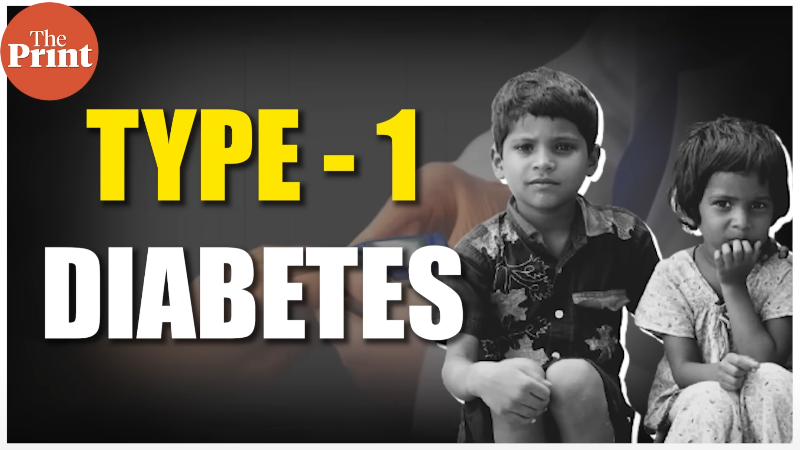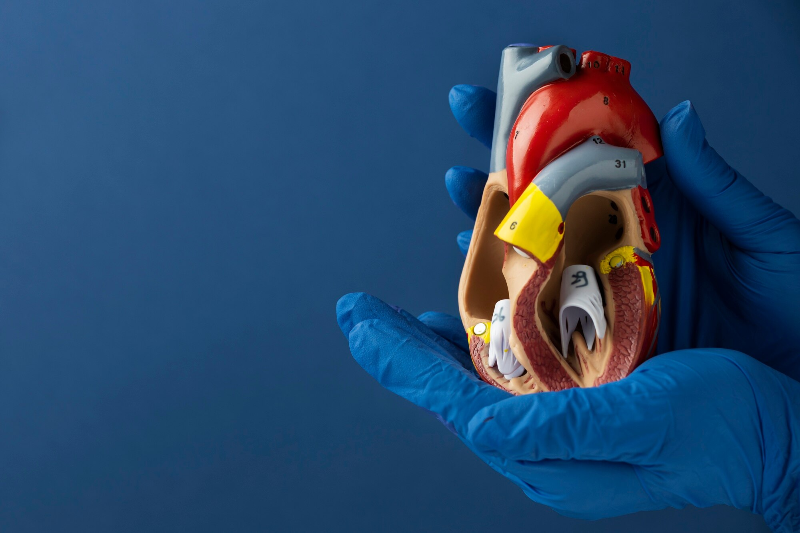by University of Virginia
(A) Undersampled multi-echo gradient echo images with patches drawn over regions of varying water and fat content. (B) The singular values and cutoff thresholds calculated for each patch. (C) GRE images at the first four TEs after performing singular value thresholding showing reduction of streaking artifacts. GRE, gradient echo. Credit: Magnetic Resonance in Medicine (2024). DOI: 10.1002/mrm.30285
Everyone knows the health risks of carrying too much fat around the waist and hips, but UVA Health scientists are developing a noninvasive way to assess the health risks of unseen fat around the heart.
The researchers, led by Frederick H. Epstein, Ph.D., of the University of Virginia's Department of Biomedical Engineering, are seeking to use magnetic resonance imaging (MRI) to assess the composition of adipose tissue—fat—that surrounds the heart. Analyzing this tissue could let doctors identify patients at greatest risk for potentially deadly cardiac problems such as coronary artery disease, atrial fibrillation (irregular heartbeat) and heart failure, and to predict how well those patients may respond to treatments.
The paper is published in the journal Magnetic Resonance in Medicine.
Early testing of the technique has produced encouraging signs that the approach could be a powerful tool to improve patient care.
"Using this new MRI technique, we now for the very first time have the ability to know the composition of the fat that accumulates around the heart. This is important because depending on its makeup, the fat which surrounds the heart has the potential to release damaging substances directly into the heart muscle, leading to serious heart problems," said researcher Amit R. Patel, MD, a cardiologist and imaging expert at UVA Health and the University of Virginia School of Medicine.
"With our ongoing research, we hope to show that we can convert the unhealthy fat which surrounds the heart to a more healthy type of fat with either diet and exercise or through the use of medications. We believe that by doing so, we will be able to reduce some of the complications associated with heart disease."
The heart of the matter
Our hearts are naturally surrounded by a layer of fat known as "epicardial adipose tissue." In healthy people, this fat is protective and vital for heart function. But in some people, particularly people with obesity and risk factors for heart disease such as diabetes, high blood pressure, smoking and a poor diet, this fat can accumulate excessively, become inflamed and undergo harmful changes in its composition.
The UVA researchers would use MRI to assess the amount and composition of the fat. The imaging technology essentially lets them see inside the body without the need for surgery.
By analyzing the amounts of saturated fatty acids, monosaturated fatty acids and polyunsaturated fatty acids—fats commonly associated with our diets—in the epicardial adipose tissue, doctors may be able to identify patients who could face heart problems even before symptoms appear. Identifying and correcting this problem has the potential to slow down the progression of heart disease, the No. 1 cause of death both in the United States and around the world.
In creating the new tool, the UVA researchers have had to overcome some major challenges. For example, both the heart and nearby lungs are always in motion—a huge obstacle to getting clear snapshots of the adipose tissue. But by developing innovative imaging approaches, the scientists are now able to get the images they need in the span of a single breath hold.
"The ability to make these measurements in epicardial adipose tissue required the use of advanced computational methods that can extract the unique signature of saturated fatty acids from an overall noisy signal. Jack Echols, a biomedical engineering graduate student in my research lab, did outstanding work to develop these methods," said Epstein, associate vice president for research at UVA.
"We're excited to partner with cardiologists like Dr. Patel to explore clinical applications of this method, and hope that this method ultimately leads to more precise treatments and better outcomes for patients with heart disease."
The UVA team has already tested their technology in both the lab and in a limited number of human patients. They found that that the fat around the heart in patients who were obese and had suffered heart attacks was comprised of an excessive amount of saturated fatty acids.
"That suggests that this new MRI technique could become a useful clinical tool for identifying at-risk patients and predicting their outcomes," Patel said. "Being able to see the composition of the fat that surrounds the heart will improve our understanding of heart disease and may lead to the development of new treatment strategies in the future."
More information: John T. Echols et al, Fatty acid composition MRI of epicardial adipose tissue: Methods and detection of proinflammatory biomarkers in ST‐segment elevation myocardial infarction patients, Magnetic Resonance in Medicine (2024). DOI: 10.1002/mrm.30285
Provided by University of Virginia







Post comments